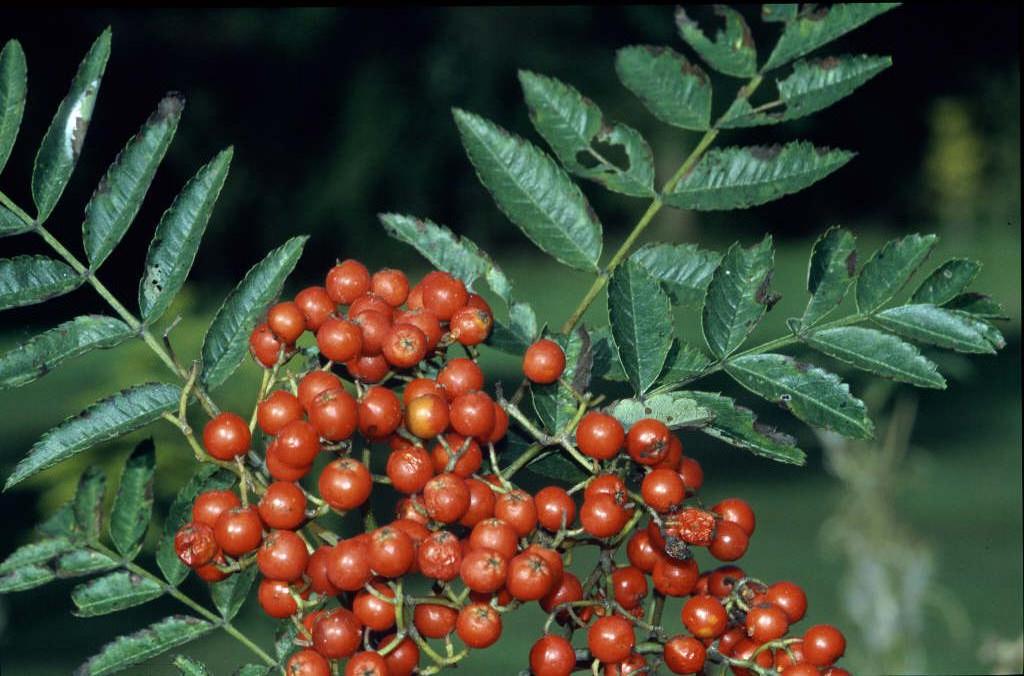
Sorbus acuparia (Rowan)
So is is time for me to start learning the latin names of plants, fruit and vegetables. In terms of learning and adult learning in particular I feel I need to first connect with the relationship I had and have with the plants themselves.
So what do I already know about a Rowan (Sorbus acuparia) ? And why is it called Sorbus acuparia? My first thought is of Scotland where I lived for some years and studied Human Ecology at the University of Edinburgh. I remember gathering Rowan berries in Edinburgh - and making Rowan jelly. The jelly turned out to be a glorious bright orange colour - and I've thought of that ever since when I look at them. I also know though that the berries get squishy quite quickly and as far as eating the jelly was concerned - I was iffy about that as there were so many tiny worms inside them. Extra protein perhaps and extra flavour (?!).
As far as I remember Rowan is also a symbol for wisdom. So it is a lovely plant to be dealing with on a Royal Horticultural Society course. And it features somewhere on the website of Reforesting Scotland.
Here is the Royal Horticultural Society low down on Sorbus Acuparia for you all:
and here is something of the myth and magic of Sorbus Acuparia